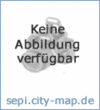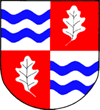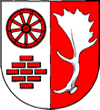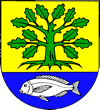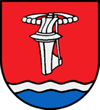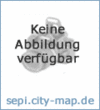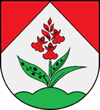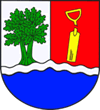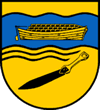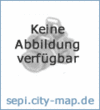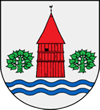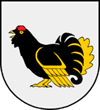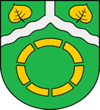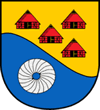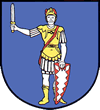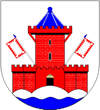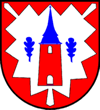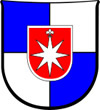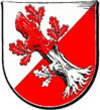Community Bark
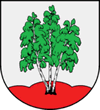
The whole village was nearly destroyed in the great fire in 1855
The village Bark originated in the 12th century, when this area was newly settled on. It was first recorded in 1249. A number of villages from the borough Segeberg were bonded to the bishop of Lübeck.
Some of the 30 villages were: Bereke (today's Bark) and Poggensieke (today's Schafhaus).
The name Schafhaus originated around 1560, after Amtmann Heinrich Rantzau ordered the building of a new "Schafhaus" (sheep's stable) in the heath.
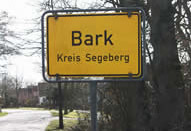
 The photo was taken in 1925 at the farm of Ferdinand Kr�ger.
The photo was taken in 1925 at the farm of Ferdinand Kr�ger.
The Barker Hufner (farmers) became with the bailment liable to tax to the bishop of L�beck. Whoever was able to redeem the pledge sum till the Johannistag (24th June), was free. This happened probably in Bark; because as long as everybody can remember till today Bark celebrates on Johannistag, in the past with free beer, today with a bbq fete.
The district Bark was with ca 2.265ha the second largest in the parish Segeberg. The most part of the area was raised bog and heath land that is why only eight farmers settled here. The cleared farmland was jointly used (in Allmende).
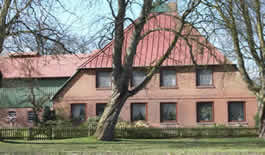
In the course of the centuries the moors were dug out and peat was yielded. The land was cultivated. This way extensive meadows and pastures were created in the direction of Vo�h�hlen.
Some new cottage places were laid out in the 14th and 15th century.
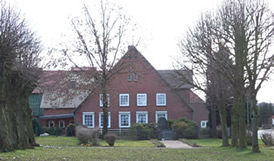
 Left school picture from the year 1926 with teacher Julius Hinrichsen.
Left school picture from the year 1926 with teacher Julius Hinrichsen.
From 1771 � 1776 came the so-called "interlink". The whole village district wasmeasured and sectioned into paddocks. The land, until then jointly used by the farmers, became their property.Ditches were dug as borders between the paddocks and a earth wall mounted. The earth wall had to be planted with saplings of oaks, beeches, hazel-nuts etc. This is how the protected hedge landscape originated.
In Bark had then eight full-time farmers, one part-time farmer m four twelve-farmer, two cottagers, one shepherd and one school master. Shepherd and schoolmaster got their land allocated just as the cottager.
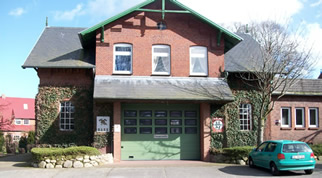
 The photo on the right shows the fire station in Bark.
The photo on the right shows the fire station in Bark.
Schafhaus was an independent village and was only urbanised into Bark in 1894.
In 1855 a great fire nearly destroyed the whole village. Onlyseven cottages at the west end survived because the wind blew into the opposite direction of them.
The village was rebuilt. The estate borders were not altered.

 Deutsch
Deutsch Nederlands
Nederlands Dansk
Dansk Österreichisch
Österreichisch Po Polsku
Po Polsku Italiano
Italiano Francaise
Francaise Portugiesisch
Portugiesisch



